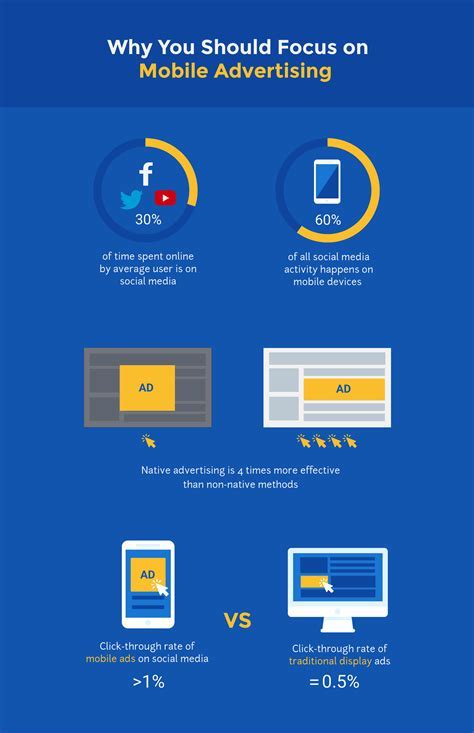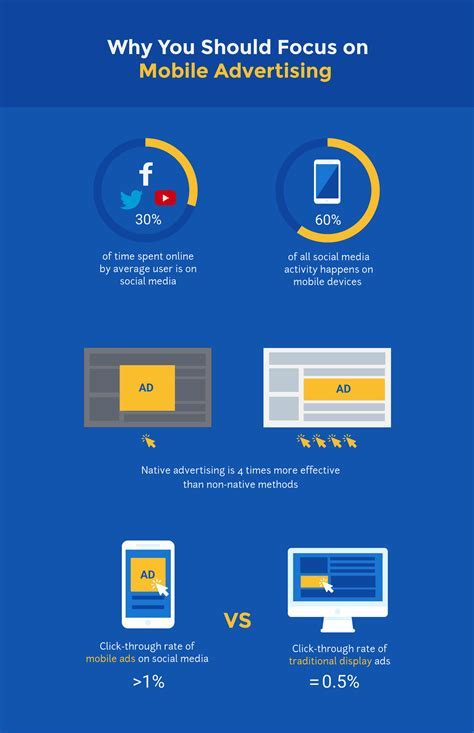Have you ever wondered how your mobile device can seemingly know so much about you? From personalized advertisements to location-based services, it's clear that our smartphones and tablets are collecting information to tailor our digital experiences. One crucial piece of data that plays a significant role in this process is the Identifier for Advertisers (IDFA).
The IDFA is a unique identifier assigned to each iOS device, allowing advertisers to track user behavior and deliver targeted ads. Despite its crucial role in the world of mobile marketing, understanding the inner workings of IDFAs can be a complex endeavor. In this article, we will delve into the intricacies of iOS IDFAs and explore various methods to uncover this hidden gem of data.
Throughout this exploration, we will shed light on the importance of IDFAs, the benefits they offer to both advertisers and users, and the potential privacy concerns surrounding their usage. Additionally, we will discuss the different methods and tools available to developers and researchers to discover and analyze IDFAs, providing insights into the intricate world of mobile tracking.
iOS IDFAs: What Are They and How Are They Utilized?

When it comes to understanding the functionality of iOS IDFAs, it is important to grasp their purpose and significance within the world of iOS devices. These unique identifiers play a crucial role in various aspects of application development and targeted advertising, enabling personalized user experiences and effective marketing campaigns.
Unveiling the Concept of IDFAs
Before diving into the specifics of how IDFAs are utilized, it is essential to comprehend what they actually are. IDFAs, which stands for Identifier for Advertisers, are alphanumeric codes assigned to each iOS device. They serve as a distinct identifier that allows advertisers and developers to differentiate and track individual devices, encompassing iPhones, iPads, and other iOS-powered gadgets.
Empowering Customized User Experiences
One of the key applications of IDFAs lies in providing customized user experiences. By identifying and distinguishing individual devices, app developers can tailor their applications to suit the preferences and habits of each user. This enables developers to offer personalized content, recommendations, and features, enhancing user engagement and satisfaction.
Facilitating Targeted Advertising Campaigns
Another crucial aspect of IDFAs lies in their role within targeted advertising campaigns. Advertisers use IDFAs to track and analyze user behavior, allowing them to deliver personalized and relevant advertisements based on users' interests, demographics, and browsing patterns. This targeted approach not only enhances the effectiveness of marketing campaigns but also improves the overall user experience by reducing irrelevant ad exposure.
Respecting User Privacy and Consent
Although IDFAs provide valuable insights for developers and advertisers, it is important to prioritize user privacy and consent. iOS devices offer users the ability to limit ad tracking by opting out or resetting their IDFAs. This empowers users with control over their data and ensures compliance with privacy regulations, creating a balance between personalized experiences and user privacy.
Conclusion
Understanding the significance of IDFAs is crucial in comprehending the inner workings of iOS devices and the role they play in personalized experiences and targeted advertising. By effectively utilizing IDFAs, app developers and advertisers can enhance user engagement, deliver relevant content, and respect user privacy, promoting a positive user experience within the iOS ecosystem.
Understanding IDFAs: The Basics
In today's digital landscape, it has become increasingly important to understand the concept of Identifier for Advertising (IDFA) and its implications. IDFAs are unique identifiers assigned to Apple devices, such as iPhones and iPads, allowing advertisers to track user activity and deliver personalized ads. This section aims to provide a comprehensive understanding of IDFAs, covering their functionality, significance, and potential impact on users' privacy.
To delve into the world of IDFAs, it is crucial to grasp the underlying principles behind their existence. Essentially, IDFAs serve as digital fingerprints, granting advertisers the ability to distinguish between individual devices and track user behavior across various apps and websites. With IDFAs, advertisers can gather valuable insights about user preferences, improve targeting strategies, and enhance the overall advertising experience. However, it is equally important to acknowledge the potential concerns surrounding user privacy and data protection.
The significance of IDFAs in the realm of digital advertising cannot be overstated. Armed with IDFAs, advertisers can deliver personalized and relevant ads to their target audience, ultimately optimizing their marketing efforts. By understanding the basics of IDFAs, individuals can explore the broader implications of targeted advertising, weighing the benefits against potential privacy concerns. It is essential to foster an informed conversation around IDFAs, enabling users to make educated decisions regarding their digital privacy and the control they have over their personal data.
Why IDFAs Matter for Mobile Advertising

In the mobile advertising landscape, capturing and utilizing user data is crucial for targeting the right audience and optimizing ad campaigns. A significant component of this data is the Identifier for Advertisers (IDFA), a unique identifier assigned to each iOS device.
The importance of IDFAs in mobile advertising lies in their ability to enable personalized targeting and more effective measurement of ad campaign performance. By utilizing IDFAs, advertisers can tailor their ads to specific user segments, ensuring that their messages are delivered to the most relevant audience.
With IDFAs, advertisers can track and analyze user behavior, preferences, and demographics, allowing them to make informed decisions on targeting and budget allocation. This data-driven approach helps maximize the return on investment (ROI) for mobile ad campaigns.
Moreover, IDFAs play a vital role in measuring the effectiveness and success of ad campaigns. They enable advertisers to track user interactions, conversions, and overall engagement with their ads. This valuable data helps advertisers gauge the impact of their campaigns and make necessary adjustments to enhance their performance.
In a rapidly evolving mobile advertising ecosystem, IDFAs provide the necessary tools and insights for advertisers to optimize their ad targeting strategies and drive higher engagement and conversions. Understanding the significance of IDFAs is essential for marketers looking to harness the power of data-driven mobile advertising.
By leveraging IDFAs effectively, advertisers can reach the right audience, deliver more relevant ads, and ultimately achieve their marketing objectives in the competitive mobile advertising landscape.
Discovering Your Distinctive iOS Identifiers (IDFAs)
Unveiling your unique iOS Identifiers for Advertising (IDFAs) can be a crucial and intriguing task for users seeking to understand the fundamental aspects of their iOS devices. By exploring the distinguishing alphanumerical sequences associated with your device, you can unlock valuable insights into its advertising features and enhance your overall user experience.
| Method | Explanation |
|---|---|
| Settings App | Access the device's "Settings" application, navigate to the "Privacy" section, and click on "Advertising". Here, you may discover your unique IDFAs as well as manage related advertising preferences. |
| Third-Party Apps | Several third-party applications are available in the App Store that provide insights into your device's IDFAs. Explore these apps and follow the provided instructions to discover your distinctive identifiers. |
| Developer Tools | If you possess technical skills, you can leverage developer tools to find out your IDFAs. Xcode, Apple's integrated development environment, offers a variety of features that allow you to retrieve your identifiers through device provisioning and debugging processes. |
By utilizing these methods, you can gain a deeper understanding of your iOS device's IDFAs and leverage this knowledge to personalize your advertising preferences, enhance app experiences, and make informed decisions regarding your privacy and data security.
App Tracking Transparency on iOS 14: The Slow Death of the IDFA
App Tracking Transparency on iOS 14: The Slow Death of the IDFA by Nobl Marketing 3,275 views 3 years ago 12 minutes, 35 seconds
What is an IDFA?
What is an IDFA? by Singular 5,164 views 3 years ago 1 minute, 2 seconds
FAQ
What are IDFAs?
IDFA stands for Identifier for Advertisers, which is a unique identifier assigned to each Apple device. It allows advertisers to track user activities and deliver personalized ads.
How can I find out my iOS IDFA?
To find out your iOS IDFA, go to Settings > Privacy > Advertising on your device. You will find your IDFA listed under the "Advertising Identifier".
Are IDFAs important for advertising?
Yes, IDFAs play a crucial role in advertising as they allow advertisers to track user behavior and target ads effectively. They help advertisers understand user preferences and deliver personalized ads.
Can I opt out of IDFAs?
Yes, you can opt out of IDFAs. In fact, starting with iOS 14, users are prompted to give permission for apps to track their IDFA. If you choose to opt out, apps will not be able to track your activities across different apps and deliver personalized ads.




